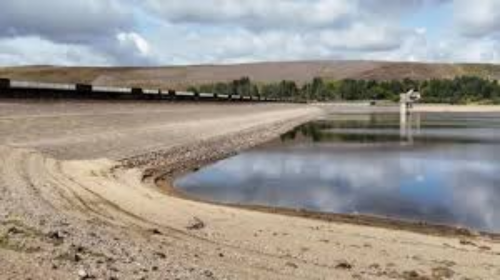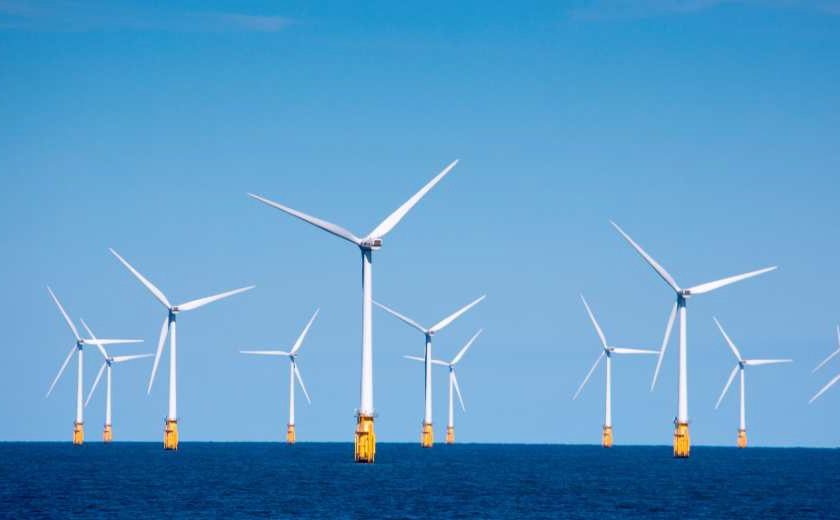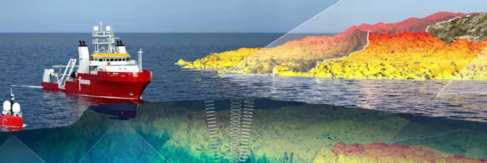The Scottish Environment Protection Agency has confirmed that six areas of Scotland are now at Significant Scarcity, the highest level, as prolonged dry conditions continue across the east. The Upper Don and Lower Don reached Significant Scarcity on Wednesday 27 August, with the Lower Tweed catchment being escalated on Thursday 28 August. The North Fife, Ythan and Deveron catchments were announced earlier this week. Temporary restrictions have been issued on some abstraction licences in these areas, limiting the amount of water that can be taken from the environment. A report from SEPA shows that a number of other areas in the country also remain under pressure. Without sustained rainfall, further eastern catchments are at risk of reaching Significant Scarcity in the coming week.
How did we get here?
The current situation is the result of prolonged, cumulative pressures on Scotland’s water environment. A dry autumn and winter in 2024/2025meant rivers and groundwater did not receive their usual recharge, and a lack of snow over the winter denied eastern rivers the gradual spring replenishment that snowmelt normally brings. Every month of 2025 so far has recorded below average rainfall in the east, leaving rivers increasingly vulnerable. While the west of Scotland saw some improvement after heavy rain earlier in the summer, those gains have not been sustained, and conditions there are also beginning to deteriorate.
Rain is forecast for parts of Scotland over the coming days, with showers expected today (Friday 29 August) and heavier, more widespread rain likely in the northeast on Saturday. However, it remains uncertain whether this will provide meaningful relief to rivers that have been under sustained pressure for months.
SEPA has been warning about water scarcity since May and working with key partners including Fisheries Management Scotland, NFUS, Scotch Whisky Association and Scottish Golf to prepare for restrictions. They’ve communicated directly with farmers, distillers, golf courses, industry and hydropower businesses. SEPA o cers will ensure abstractors understand their obligations in restricted areas. While rain is forecast, it’s too soon to know if it will bring real relief. SEPA will continue monitoring conditions to protect rivers, the environment, and dependent livelihoods.





